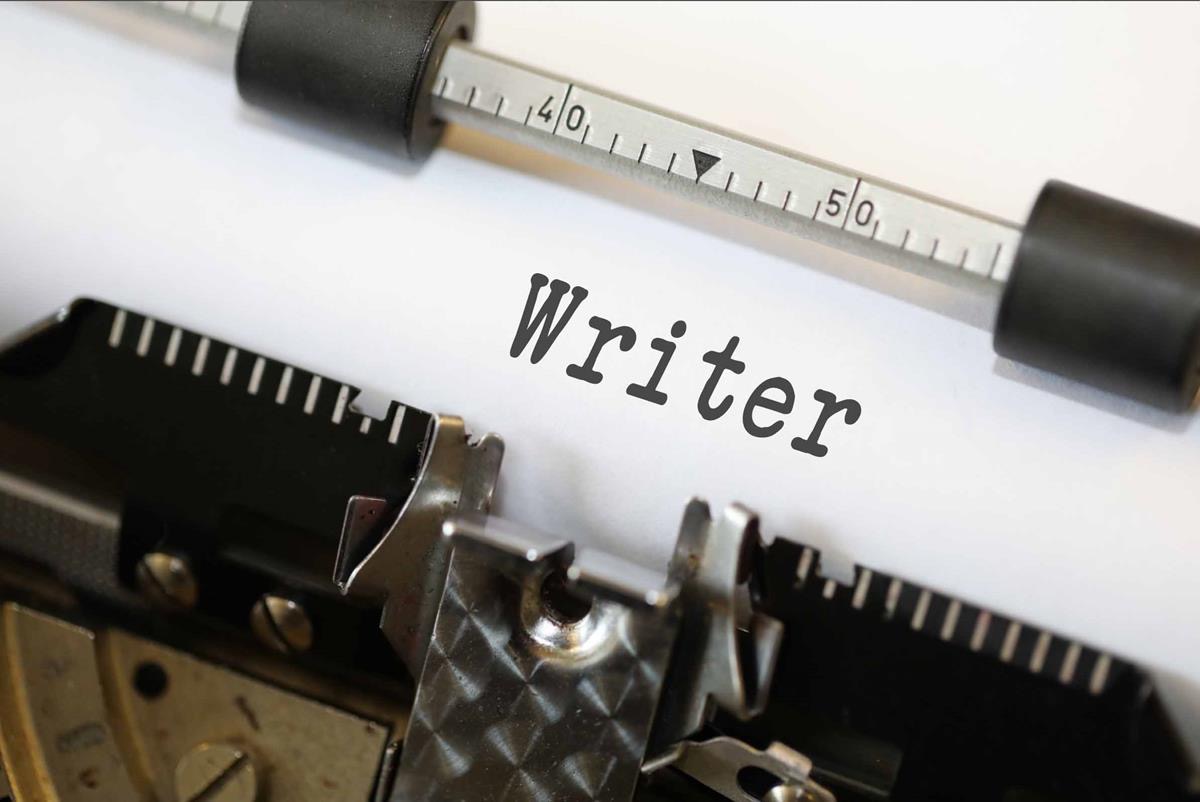Lyric Sheets Guide
Step-by-Step Guide to Writing a Lyric Sheet
Writing lyrics is both an art and a craft, blending creative expression with structured technique. Here’s a detailed guide to help you create a compelling lyric sheet:
Step 1: Conceptualization
Choose a Theme: Decide on the main theme or message of your song. This could be love, heartbreak, empowerment, social issues, etc.
- Example: The theme is heartbreak.
Set the Mood: Determine the emotional tone of your song—sad, happy, angry, nostalgic, etc.
- Example: The mood is melancholic.
Brainstorm Ideas: Jot down words, phrases, or images related to your theme and mood. Don’t worry about rhyming or structure yet.
- Example: Words like “tears,” “shattered,” “memories,” and “goodbye.”
Step 2: Structure Your Song
Understand Common Song Structures: Familiarize yourself with popular song structures. The most common is the verse-chorus-verse-chorus-bridge-chorus (VCVCBC).
- Example: VCVCBC
Outline Your Song: Plan where each part of the song will go. Decide what each section will communicate.
- Example:
Step 3: Writing Verses
Set the Scene: In the first verse, introduce the listener to the setting or situation. Use descriptive language to paint a vivid picture.
- Example:
- Verse 1: “In the dim light of our favorite café, your eyes turned cold, your voice a whispering storm.”
Develop the Narrative: In the second verse, build on the story or add depth to the emotions.
- Example:
- Verse 2: “I trace the path of our laughter in the rain, now just echoes in my mind, a bittersweet refrain.”
Step 4: Crafting the Chorus
Summarize the Emotion: The chorus should capture the core emotion or message of the song. It’s usually the most memorable part.
- Example:
- Chorus: “Shattered dreams and broken cries, a love once bright now fades and dies. In the silence of your last goodbye, my heart learns to survive.”
Use Repetition: Repeating key phrases or words helps make the chorus catchy and memorable.
- Example: “goodbye” and “heart” can be repeated.
Step 5: Writing the Bridge
Introduce a Twist: The bridge offers a change in perspective, a new idea, or a shift in the narrative. It provides contrast to the verses and chorus.
- Example:
- Bridge: “But as the sun sets, a new dawn breaks, and from these ruins, strength awakes.”
Keep it Short: Bridges are typically shorter than verses and choruses, providing a brief departure before returning to the main theme.
Step 6: Refining Your Lyrics
Rhyme and Rhythm: Ensure your lyrics have a pleasing rhyme scheme and rhythmic flow. Common rhyme schemes include ABAB, AABB, and ABCB.
- Example: “cold/storm” (A) and “rain/refrain” (B).
- Check for Consistency: Make sure your lyrics maintain a consistent tone and narrative throughout the song.
- Edit and Polish: Revise your lyrics for clarity, impact, and conciseness. Remove any unnecessary words or lines that don’t contribute to the overall theme.
Step 7: Formatting the Lyric Sheet
Title: Write the title at the top of the page.
- Example: “Last Goodbye”
Sections: Clearly label each section (Verse 1, Chorus, Verse 2, Bridge, Chorus).
- Example:
Last GoodbyeVerse 1:In the dim light of our favorite café,Your eyes turned cold,your voice a whispering storm.Chorus:Shattered dreams and broken cries,A love once bright now fades and dies.In the silence of your last goodbye,My heart learns to survive.Verse 2:I trace the path of our laughter in the rain,Now just echoes in my mind,a bittersweet refrain.Bridge:But as the sun sets,a new dawn breaks,And from these ruins,strength awakes.Chorus:Shattered dreams and broken cries,A love once bright now fades and dies.In the silence of your last goodbye,My heart learns to survive.
Chords (Optional): If you have a melody, include chord symbols above the lyrics where the chord changes occur.
Final Tips
- Read Aloud: Read your lyrics out loud to ensure they sound natural and flow well.
- Get Feedback: Share your lyrics with others for constructive feedback.
- Revise as Needed: Be open to revising your lyrics based on feedback or new ideas.
Writing a lyric sheet is a process that involves creativity, structure, and refinement. By following these steps, you’ll be able to craft lyrics that resonate with your audience and convey your intended message effectively.
QUESTIONS (EXAMPLES) FOR FURTHER DISCUSSION
Questions for Further Discussion
- Theme and Concept
- What theme resonates most with you right now? Why?
- Can you think of a personal experience or story that aligns with this theme?
Mood and Tone
- How do you want your listeners to feel when they hear your song?
- Are there specific words or phrases that evoke this mood effectively?
Song Structure
- Which song structure do you find most appealing (e.g., VCVCBC, AABA, ABAB)?
- Have you experimented with non-traditional song structures? What was the outcome?
Verse Development
- How do you set the scene in your first verse? Can you describe a setting or situation vividly?
- What narrative techniques do you use to develop your story in subsequent verses?
Chorus Creation
- What message or emotion do you want to emphasize in your chorus?
- How do you ensure your chorus is catchy and memorable?
Bridge Composition
- How do you decide what twist or new perspective to introduce in your bridge?
- Can you think of a bridge from a popular song that you find particularly effective? Why?
Refinement Process
- What strategies do you use to ensure your lyrics have a consistent rhyme and rhythm?
- How do you approach editing your lyrics for clarity and impact?
Examples for Further Discussion
Example 1: Heartbreak Theme
Theme: Heartbreak
Mood: Melancholic
Verse 1:
“In the shadow of the moonlit street,
Your words were daggers, cutting deep.”
Chorus:
“Broken dreams and whispered lies,
Our love’s a tale that fades and dies.
In the echoes of our last goodbye,
I find the strength to survive.”
Verse 2:
“I trace the steps where we once danced,
Now just memories, a lost romance.”
Bridge:
“But as the stars fall, the night gives way,
To a dawn that promises a brighter day.”
Questions:
- How does the imagery in the first verse set the tone for the song?
- What emotions does the chorus evoke, and how does it tie the verses together?
- How does the bridge provide a sense of hope or resolution?
Example 2: Empowerment Theme
Theme: Empowerment
Mood: Uplifting
Verse 1:
“In the ashes of a broken dream,
I found the strength to rise and gleam.”
Chorus:
“From the shadows, I emerge anew,
With a fire burning fierce and true.
In my heart, a voice rings clear,
I am stronger, I have no fear.”
Verse 2:
“Through the storms and darkest nights,
I fought my battles, won my fights.”
Bridge:
“And as the dawn breaks, I stand tall,
A testament that I can conquer all.”
Questions:
- How does the first verse introduce the theme of empowerment?
- What makes the chorus particularly inspiring or motivating?
- How does the bridge reinforce the overall message of the song?
Example 3: Social Issues Theme
Theme: Social Issues (e.g., inequality)
Mood: Reflective
Verse 1:
“In a world of silver and gold,
Stories of the untold unfold.”
Chorus:
“Voices lost in the noise of greed,
Cry for justice, for what they need.
In the shadows of the city’s light,
They stand tall, they fight the fight.”
Verse 2:
“Through the cracks of the broken street,
Dreams of change in every heartbeat.”
Bridge:
“Together we rise, we break the chains,
In unity, our hope remains.”
Questions:
- How does the first verse paint a picture of societal issues?
- What message does the chorus convey, and how does it connect with the listener?
- How does the bridge amplify the call to action or hope for change?
Final Thoughts
Engaging in discussions around these questions and examples can deepen your understanding of the songwriting process and inspire new ideas. Feel free to share your lyrics or thoughts on these topics for further exploration and refinement.
© 2024, wcadmin. All rights reserved, Writers Critique, LLC Unless otherwise noted, all posts remain copyright of their respective authors.




